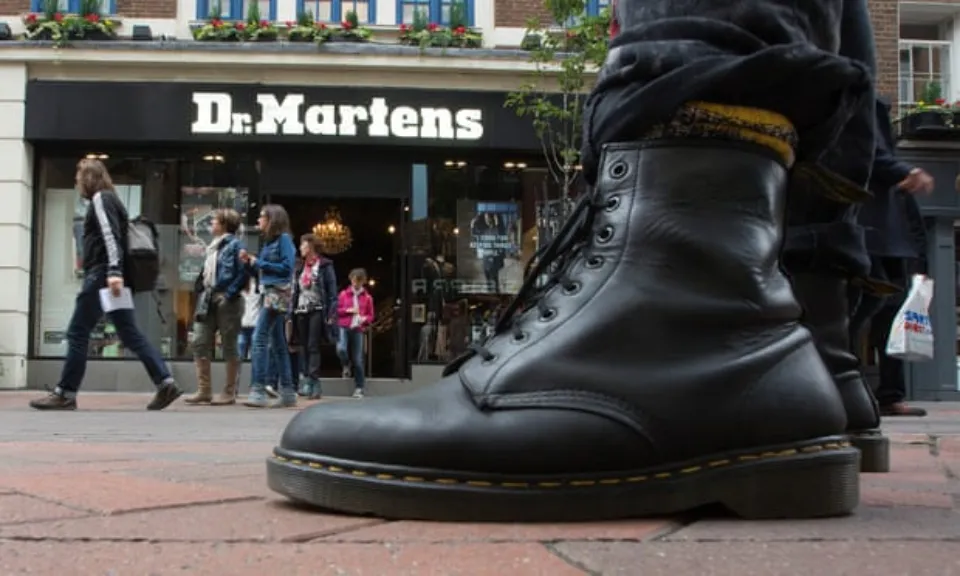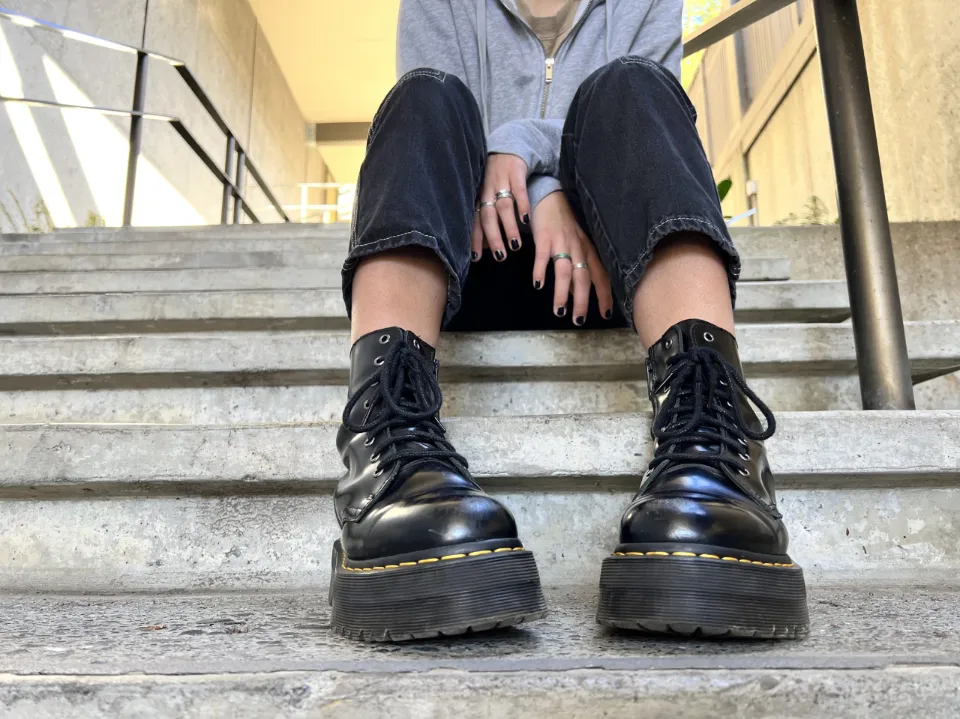Today, the Doc Martens brand is regarded as iconic and is associated with numerous subcultures. Have you wondered where are Doc Martens made?
Today, Bangladesh, the UK, China, Thailand, Vietnam, Laos, and England are among the countries that produce Doc Martens. However, England no longer produced the majority of DMs.
Continue reading to learn everything there is to know about how Doc Martens are made.
Where Are Doc Martens Made?
Seven different countries made Doc Martens. Because they produced only 1% of the Doc Martens, England is ranked last among them.
The other countries are the UK, China, Thailand, Vietnam, Laos, and Bangladesh. Thus, Asia is the region where the majority of this iconic product (footwear) is produced.
To help you understand it better, I’ll use a bar chart to illustrate the countries that produce the most Doc Martens.
You Might Also Like:
Are Doc Martens Made in China?
Doc Martens has been manufactured in Asia since 2003, with factories being established in China, Thailand, and Vietnam.
To guarantee that all shoes leaving these factories are of the highest quality, Doc Martens has put in place very strict quality controls.
How Are Doc Martens Made?

The soles of Doc Martens boots are made by placing melted PVC in a molding device. Using a hydraulic press, the leather for the boot is cut.
Several types of sewing machines are used to stitch the pieces together. To make a single, solid piece, the sole is melted onto the leather boot.
1. Making the PVC Sole
To begin, the PVC sole must be cast. To do this, liquid PVC must be injected into a mold, which must then be clamped down to cure.
The PVC sole’s resistance to acids, oils, and alkalis and its ability to soften with use reduce cracking and splitting.
2. Making and Stitching the Leather Shapes
To ensure minimal waste, every leather shape in the Clicking room is cut using a hydraulic press. Every shoe size has a standard mold that is used for accurate sizing, and all the leather shapes are examined for thickness and leather quality.
In the closing room, where everything is put together, the leather forms are handed off.
Each machine in the Closing room serves a unique function in the closing process, but the most iconic machine is the “Puritan” Puritan stitch, a distinctive three-row stitch that is used exclusively on the cheek of boots to make it more durable and flexible, is created using a sewing machine.
The eyelets are stamped in, the boot’s front is shaped, and a toe protector is added before the boot leaves the Closing room.
3. Yellow Stitching and Sealing the Soles
A foot mold is used to shape the boot’s leather upper, and any extra leather is then removed. The PVC rim is stitched onto the boots along with the yellow thread, and the sole is then added so that the rim and sole touch.
The sole and rim are then melted on using high heat. The two PVC components melt onto the boot and combine into one solid piece as a result of the heat, sealing the soles.
The boot is polished and put through a quality inspection in the shoe room, which is the last step. The Doc Marten boot is packaged and prepared for the customer after the laces and sock protectors are added.
Also Read:
How Can You Tell If Doc Martens Are Fake?
To check if your Doc Martens are fake or not, inspect the product code on the inside upper of the shoes since the shoes’ size, name, and where they were made should be there.
Additionally, the interior should have an inspection sticker, and the stitching should be flawless.
Bottom Line: Where Are Doc Martens Made
Doc Martens are indeed an amazing brand. Doc Martens are not only made in England but also made in the UK, China, Thailand, Vietnam, Laos, and Bangladesh now.
Thank you for reading this explanation of how Doc Martens are made. I hope you now know a lot more details about the company to help you make informed decisions about your upcoming purchases.
FAQs
How Do You Tell Where Your Doc Martens Are Made?
How Do You Tell Where Your Doc Martens Are Made?
Why Are Made in England Doc Martens So Expensive?
Inflation and Production Costs: Over time, inflation affects the overall cost of production.




